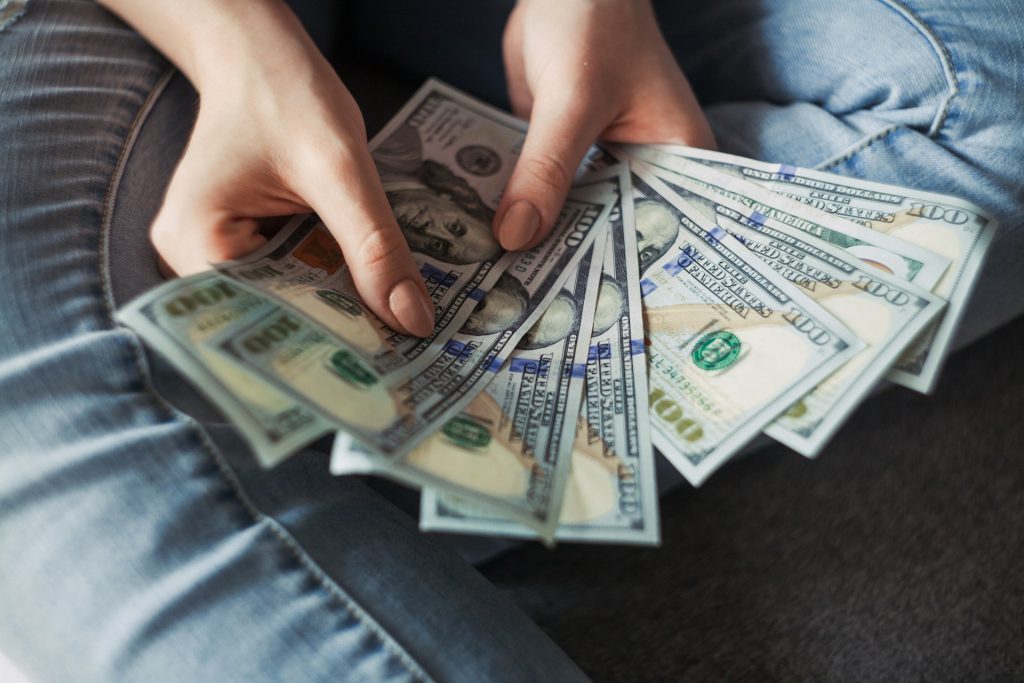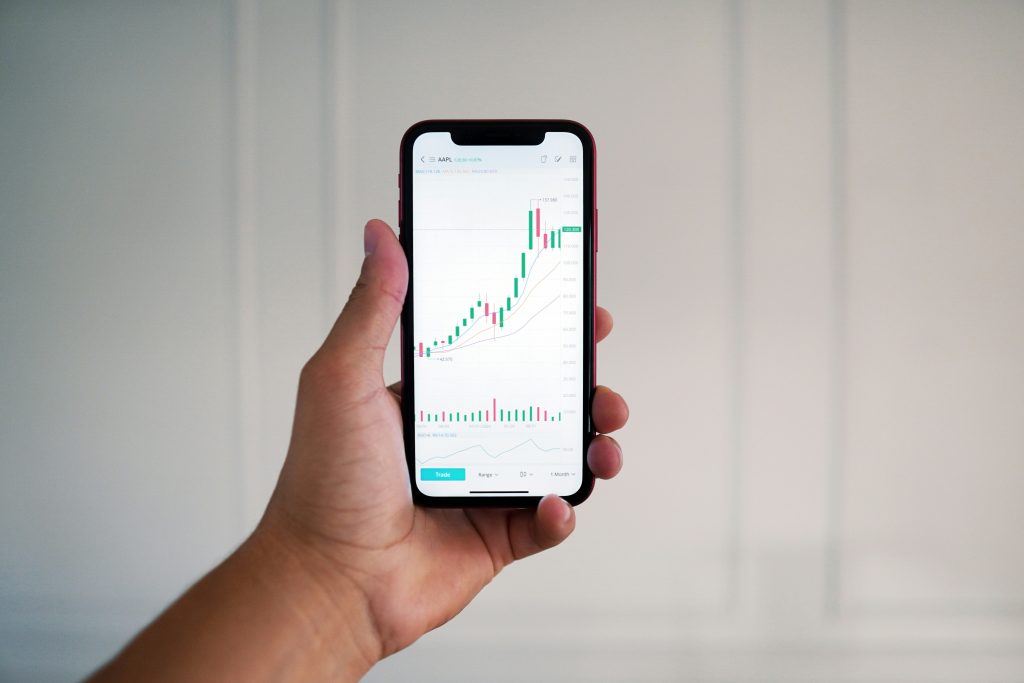You don’t have to sell stocks to get extra cash from your portfolio. Dividend investing has been a tried-and-true method for many years. When you get started, the dividends you receive can help with basic expenses, but as the compounding continues, you might find yourself making big payments with your dividends.
Some people earn enough in dividend income to cover their mortgage payments, living expenses, and discretionary spending. These people have an easier time retiring since their passive income exceeds their expenses.
Naturally, it takes a while to have a large enough portfolio to the point that you can retire on dividends. Here’s what you have to know if you intend to retire with dividend stocks.
How Much Do You Need to Retire?
The amount you need to retire is personal. Some people operate on shoestring budgets and don’t want to do much traveling. However, you will need a bigger portfolio if you intend to travel during retirement and maintain your current lifestyle.
The best way to gauge how much you need is to start by calculating your post-retirement monthly expenses. These expenses include necessities and discretionary spending. While some expenses may get lower after retirement, other people ramp up their travel budgets shortly after retiring.
It’s very personal, but we will use an example to demonstrate how the calculations work. Assume someone needs to earn $10,000 per month in dividends to retire. It’s a lofty number, but you should be honest about how much you need to retire. Some people need much more than that, and it’s better to set an ambitious target than it is to think small.
Using the Dividend Yield to Calculate How Much You Need
A stock’s dividend yield reflects the dividend as a percentage of the stock’s price. You can use this yield to estimate how much you need in your portfolio to retire.
First, you have to convert your monthly expenses into an annual number. Someone who needs $10,000 per month needs $120,000 per year in dividend income to retire. The next part of the calculation involves some guesswork. You have to assume the type of yield you can get from your portfolio.
A 4% yield is one of the highest options available. You can find dividend stocks and ETFs with that yield, but most of these assets produce low long-term returns outside of the yield. Seeking a 2% or a 3% yield can lead to higher potential returns but requires that you save more money to retire on dividends.
Here’s how much you need to earn $120,000 per year in dividends based on the yield that you choose:
- 2% yield: $6.0 million
- 3% yield: $4.5 million
- 4% yield: $3.0 million
Two Hidden Factors That Make It Easier to Retire on Dividends
These numbers make it seem like only the elite can retire with dividend investing. However, you don’t need a largeportfolio right away. Saving and investing a little bit each month allows your portfolio to grow over time. That’s true for any net worth goal, but there are two secret forces that boost your dividend earnings each year.
Dividend Reinvestments
The first benefit is dividend reinvestments. Instead of taking dividend payments and using them to cover living expenses, you can reinvest them while you are still working. These reinvestments increase the total number of shares in your portfolio.
We’ll use UPS (NYSE:UPS), which has a 5.44% yield. While UPS isn’t likely to outperform the stock market in the long run, some investors may appreciate the low P/E ratio and high yield.
The annual dividend is currently $6.56 per share ($1.64 per quarter). If you buy 100 shares of UPS, you will earn $164 per quarter. For this calculation, per-quarter earnings are more important than annual earnings. If you do not reinvest the dividend, you will earn $656 per year from 100 UPS shares. However, reinvesting $164 back into UPS gives you approximately 1.35 shares at the current price. The extra 1.35 share you have now produces a $2.21 dividend. That’s on top of the dividend from your 100 shares.
The UPS investor, in this example, can use dividend reinvestments to buy at least one additional share per quarter. Each extra share will result in more dividend payouts in future quarters. The numbers get bigger as you invest more of your own money. For instance, the current price allows UPS investors with 1,000 shares to receive an additional 13.5 sharesper quarter.
Dividend Growth Rates
The other secret force that’s working in your favor is dividend growth rates. UPS hiked its quarterly dividend from $1.63 per share to $1.64 per share earlier this year. That’s a small improvement on your dividend payouts, but UPS makes up for it with a high yield.
Dividend growth becomes a much bigger deal if you look at dividend growth stocks like Broadcom. The AI chipmaker’s stock has soared by roughly 700% over the past five years, and it’s also gained about 50% over the past year. Broadcom is one of the few stocks that has delivered those types of returns while having a 1.30% yield.
Last year, Broadcom paid out a split-adjusted $0.53 per share every quarter. However, Broadcom wrapped up 2024 by hiking its quarterly dividend from $0.53 per share to $0.59 per share. That’s an 11.3% year-over-year increase in your dividend income without you having to do any additional work.
The impact of dividend growth becomes more apparent if you zoom out. Broadcom gave out a split-adjusted $0.175 quarterly dividend in 2018. Broadcom has more than tripled its dividend income in less than a decade. If you earned $10,000 in annual dividend income from Broadcom in 2019, you’re now earning more than $30,000 per year. That doesn’t even include dividend reinvestments or if you bought more Broadcom stock.
Proceeding with Dividend Investing
Investing is a personal path, so it’s impossible to provide nuanced advice. However, you should determine if you want dividend growth stocks or dividend income stocks. Dividend growth stocks like Broadcom have lower yields but are more likely to beat the market. Meanwhile, dividend income stocks like UPS offer higher yields now but lower returns. Typically, younger investors gravitate toward dividend growth stocks, while older investors load up on high-yield dividend stocks.
It’s hard to calculate how dividend reinvestments and dividend growth rates will impact your portfolio in the long run. While you need a $3.0 million portfolio at a 4% yield to retire with $120,000 in annual dividend income, reinvestments and dividend growth rates can get you there even if you do not contribute $3 million.
Furthermore, you might be able to use Social Security, a part-time job, and other income sources to enjoy a more flexible lifestyle sooner.


